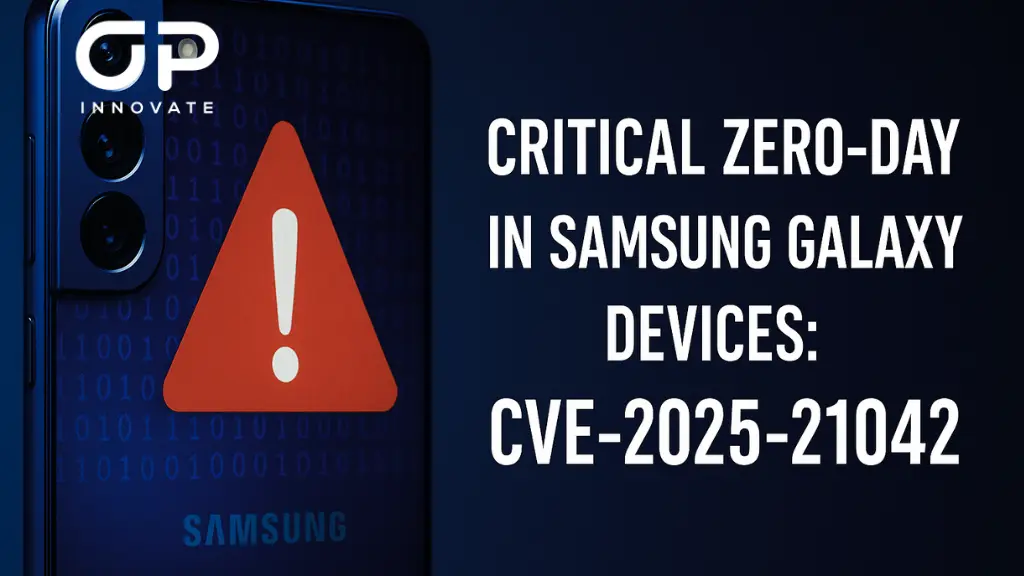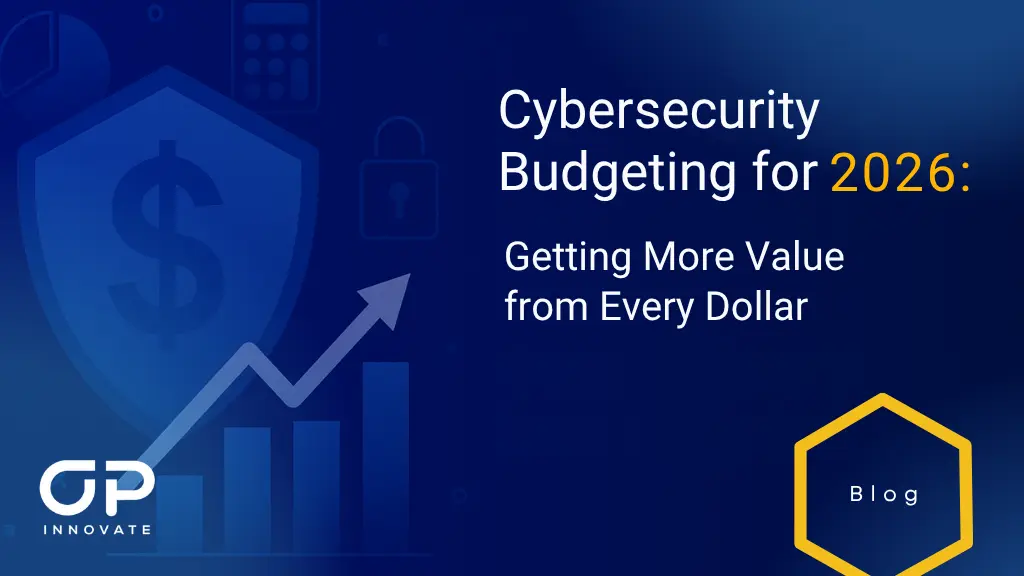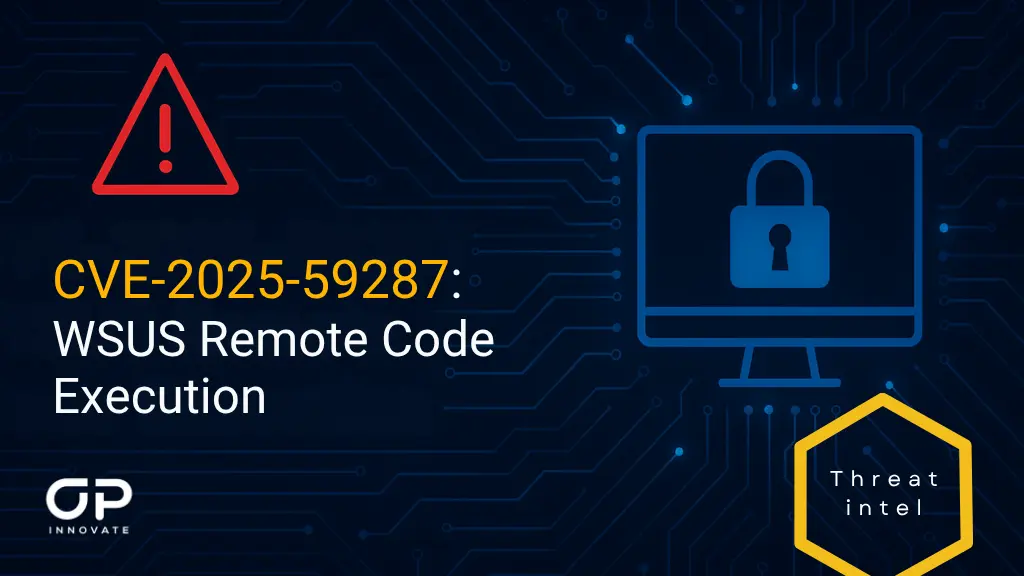How strategic logging practices drive precision in identifying, mitigating and learning from security threats
Adversaries thrive in silence. The longer that silence lasts, the more damage they cause.
Shockingly, it takes organizations an average of 194 days to detect a breach (IBM). And trust us, we’ve seen what happens when that clock ticks. For example, during an Akira ransomware attack on a client’s network, incomplete logs turned identifying the root cause into a guessing game. In another case, APT29 was on the move, but fragmented logging made tracking their lateral movement feel like chasing shadows.
Mean time to identify data breaches worldwide from 2017 to 2024 (in days) – Statista
The takeaway? Logging isn’t just about spotting threats in real time. It’s about connecting the dots, uncovering root causes, and strengthening defenses before the next attack hits. Whether it’s ransomware, phishing, or an Advanced Persistent Threat (APT), smart logging turns chaos into clarity and helps you stay ahead of the game.
With the right approach, logs can transform your security strategy from reactive to proactive, and transform our work as a security team to be more precise in finding the root cause. More importantly, reducing the attack surface and preventing second outbreaks.
Here’s how to make logs work harder and smarter for your organization.
The Role of Strategic Logging in Security
Logs are more than a collection of timestamps and error messages; they’re the heartbeat of your organization’s digital infrastructure. When properly configured and analyzed, logs are capable of:
Spotting Suspicious Activity Before It’s Too Late
- Think of logs as your organization’s motion sensors. They pick up on sneaky behaviors, like repeated failed login attempts or unusual file transfers.
That random spike in login failures? Could be an indication of a brute-force attack in progress.
Incident Investigation and Root Cause Analysis:
- When things go south, logs are your breadcrumbs back to the source. They tell you who did what, when, and how.
Pro tip: Configure your logging system to filter out noise effectively, focusing on true positives while minimizing false positives. A well-tuned system gives you clarity without overwhelming you with irrelevant data.
Keeping Regulators Happy
- Compliance isn’t always the easiest part to keep up with, but logs are crucial in simplifying the process. Whether it’s GDPR, HIPAA, or PCI-DSS, detailed logs demonstrate accountability and ensure you meet required standards.
Takeaway: Compliance isn’t just about ticking boxes; it’s about building trust with stakeholders.
Hunting Down the Bad Guys
- With the right tools, logs can help you hunt threats proactively, finding patterns that scream “something’s wrong” before alarms go off.
Bonus: This makes you the company’s go-to security rockstar.
Logs are like the trusty sidekick in every great detective story. Ignore them, and you’re flying blind. Use them wisely, and you’ll always be one step ahead.
Best Practices for Effective Logging
Smart logging isn’t about piling up data—it’s about turning it into insights.
Capture What Matters Most
- Log events from critical sources like authentication systems, databases, and firewalls.
Why it matters: Focusing on the right sources keeps your data relevant and cuts through the noise.
Don’t Overlook Application Logs
Application logs are the unsung heroes of your logging strategy, bridging the gap between application security (AppSec) and infrastructure security (InfraSec).
- Correlate app logs with infrastructure logs: For example, a brute-force attempt on your SaaS platform might tie back to compromised credentials in your corporate 365 environment.
- Monitor your supply chain: Application logs can reveal anomalies, like malicious code introduced during a DevOps supply chain attack.
Why it matters: Application logs help bridge the gap, giving you a clearer view of threats and enabling faster, more effective responses.
Logs Are Gold—Don’t Let Them Slip Away
- Retain logs for 90 to 180 days for active monitoring and operational needs. For compliance or deeper investigations, aim for a year or more, depending on regulations.
- Archive older logs to cost-effective storage—you’ll thank yourself during audits or trend analysis.
- Regularly revisit your retention policies to align them with your business and security goals.
Why it matters: Without proper log retention, investigating incidents becomes nearly impossible, leaving you blind to the root cause and unsure if a threat is fully mitigated. Retention ensures you can learn from past events, improve defenses, and provide reassurance that your systems are secure.
Bring Everything Together
- Centralize your logs with a solution like an SIEM (Security Information and Event Management) to view and analyze data from across your systems in one place.
Why it matters: Centralized logging gives you a unified view of your systems, making it easier to spot patterns, correlate events, and uncover threats quickly. It ensures no critical insights get lost in scattered data.
Cut the Noise
- Regularly review your logging settings to filter out irrelevant events and reduce false positives.
Why it matters: Filtering out noise means your team can focus on real threats without wasting time on irrelevant data, leading to quicker decisions and more efficient responses.
The Challenges Behind Effective Logging
Implementing logging isn’t as easy as flipping a switch. Here’s why organizations often find it challenging:
- Storage Consumption: Logs generate massive amounts of data, and storing them for extended periods can become a serious challenge.
- Reducing the Noise: Sorting out the signal from the noise is tricky. Without careful tuning, your logs can drown you in irrelevant data.
- Costs Add Up: Logging isn’t cheap. For example, in Microsoft 365, upgrading your plan to include advanced logging capabilities can significantly increase costs.
These hurdles make it clear why logging isn’t flawless in every organization. But here’s the thing: the payoff is worth it. With the right investment and approach, logging becomes a powerhouse tool for uncovering insights, fortifying defenses, and staying ahead of emerging threats.
Your Logs are talking – Are you ready to listen?
It takes an average of 194 days to detect a breach. In our latest Akira (Ransomware) case, it took the IT team 30 days to understand they’re under attack, and by then, the logs were long gone. Do you want to be part of that statistic or part of the solution?
Smart logging helps you flip the script:
- Detect threats faster – Spot anomalies before they spiral into disasters.
- Contain the attack – If you’re able to identify the attack vector, you have a better chance to prevent a 2nd wave.
- Learn from the past – Investigate events, understand root causes, and prevent repeats.
- Enhance trust – Meet compliance demands and show stakeholders you’re in control.
Don’t let the adversaries write your story. Take control, listen to your data, and let it guide your next move.









